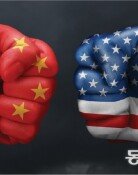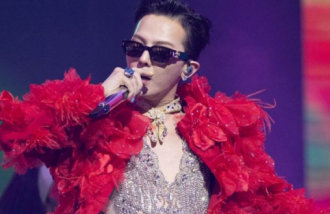Korean lifestyle in 2000
The Korean lifestyle in the new millennium: Happiness, family and health, pursuit of value, self-improvement, digital tools.
It appears as though the businessmen who ignore these five key factors will in turn be neglected by consumers.
Je-il Ad took a poll of 3,500 men and women across the nation between the ages of 13 to 59 concerning their values and lifestyles, and derived these five key areas of marketing for 2000.
In addition, the comparison study of the five major metropolitan areas, with Seoul being given the score of 1, a great gap was found to exist with Busan (0.3), Daegu (0.27), Daejeon (0.17), and Gwangju (0.14).
The survey of lifestyles revealed that the consumers` degree of disinclination rose conspicuously in comparison to 10 years ago in areas such as gratuitous escape from daily routine, pursuit of standard of living, and earnestness.
To the question whether wasteful spending would be acceptable for the pursuit of pleasure, 38.2% responded positively in 1993, 40.2% in 1997, and 46.3% in 2000. The preference of TV programming also shifted from the news-talk show-soap ranking in 1990 to drama-news-celebrity news this year.
Korean consumers have increased their dining-out habits with 52.8% in 1995 to 69% this year. The survey revealed that the consumers are willing to spend more money on good food and seek establishments offering fine cuisine.
All in all, today`s Korean considers the family as the most important part of life, is choosy about the food he or she eats for health, and yearns for nature. The consumption of natural spring water rose sharply from 36.4% in 1994 to 70% this year, and the proportion of retirement or indemnity insurance applicants has risen from 27% in 1994 to 56% this year.
To the question whether nights out with their spouses were frequent, 22.2% answered positively in 1991, but this increased to 31.3% this year. The health food consumers rose from 14.8% in 1997 to 17.7%. The monosodium glutamate users dropped from 98% in 1990 to 73.6%.
Having passed through a period of ostentatious over-consumption in the 1990s, then a period of frugality forced by the so called "IMF crisis," today`s consumption shows a pattern of duality with both ostentatious consumption as well as demand for quality and functionality. Today`s core consumer value has begun to reflect the Western values of convenience, materialism and rationality.
High-end cosmetic consumers rose from 18.1% in 1997 to 36.9%, and those seeking brand chili pepper paste rose from 37% in 1994 to 46.3%. Those who find Western-style food more to their taste rose from 20.6% in 1994 to 28.9%.
To the question whether they splurged on accessories and clothes, 12.3% answered positively in 1993 and 20.3% this year. To the question whether their self-confidence were enhanced by brand clothing, 14.4% answered affirmatively in 1993 and 20.8% this year.
Today`s Koreans readily reveal their thoughts and emotions to others, dislike being bound by rules and regulations, and constantly seek to promote their individuality. In 1992, 11.7% of the men answered that they use men`s cologne and other accessories. This year 26.9% men answered affirmatively. The use of hair dye also increased from 25.7% in 1999 to 32.6%.
The time spent reading the news or watching TV has declined, giving way to time spent surfing the net. The "digitalization" of lifestyles in the areas of communication, finance, entertainment and media has skyrocketed.
Computer ownership rose from 24.9% in 1993 to 69.3% this year. Additionally, the ownership of printers among the PC owners increased from 54.5% in 1995 to 74.9% this year.
Lee Byong-Ki eye@donga.com






![[횡설수설/신광영]용산 대통령실 사우나와 비밀통로](https://dimg.donga.com/c/138/175/90/1/wps/NEWS/IMAGE/2026/01/04/133090799.1.jpg)
